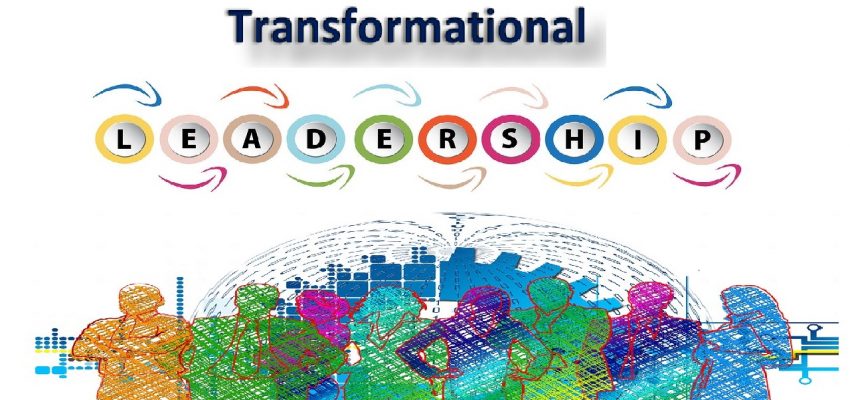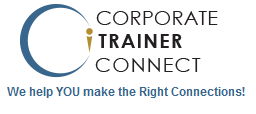
Transformational Leadership | Ask The Expert Series 1-8
Transformational Leadership
What is transformational leadership?
Transformational leadership is a leadership style in which leaders encourage, inspire and motivate employees to innovate and create change that will help grow and shape the future success of the company. This is accomplished by setting an example at the executive level through a strong sense of corporate culture, employee ownership and independence in the workplace.1
“I have not failed. I’ve just found 10,000 ways that won’t work.”
― Thomas A. Edison
Integrating Head AND Heart for Transformative Results – a quote from Dr. Philip Merry. Philip is recognized as one of the world’s top global cross-cultural leadership and team change consultants;
one global CEO said, “I rate Philip Merry among the top ten percent of consultants I have ever worked with, and the best on leadership issues in cross-cultural settings.”
With 40 years’ experience in 59 countries helping leaders and teams in global organisations navigate the process of change, Philip is well known for his ability to help different cultures work together and engage head AND heart in the change process. He is a team coach, consultant, trainer, speaker and facilitator with some of the world’s leading organisations and is a senior United Nations consultant. We asked Dr. Philip in this CorporateTrainerConnect.com Ask The Expert series on some of the key areas in managing change, handling diversity, and transforming an organization’s workforce.
Q1. What are your top 3 tips for an individual to change habits and modify behaviour so as to transform stress, build resilience and improve personal effectiveness in these disruptive times?
1. Let go of the notion that the older you get the more difficult it is to change. Neuroscience now shows us that we can grow new neural pathways in the brain at any moment in our lives. Once you understand this and move to an “I can handle this” attitude your world changes. Remember you are limitless till the day you die (and probably afterward too).
2. Recognise that it is your underlying beliefs and values that cause you to behave as you do. Change these and your life will change.
Most of us live in a state of survival – worrying that there is not enough. Move from a survival to creation mindset. Once you let go of limiting mindsets, your life changes. You don’t need to “try” or make a “big effort”. With the right mindset – life flows – YES you will need to work hard but its like rolling downhill because you enjoy what you are doing.
3. Love yourself, recognise that you’re doing the best you can. The little voice in your head that says, “you are dumb you are stupid, you don’t know anything” is a major factor blocking your progress. Learn to quieten this voice and regularly tell yourself how wonderful you are.
Q2. In promoting diversity and inclusion, how can a team build better engagement especially when it consists of members from different generations, cultures, and perspectives?
1. Do the role that fits your natural style. Most people are not engaged because they are doing jobs that don’t fit who they naturally are. I have spent 30 years helping individuals discover what they are naturally good at and then find a way of helping them adjust their work so they contribute to the team in doing what they love doing.
2. Recognise and “put the difficulties” on the table. Most teams that are disengaged talk about the issues in the corridor but not face-to-face. Most of my work with cross-cultural teams is about helping them put the difficult personal and cultural issues on the table. State openly what you appreciate about the other, AND what you find difficult about the other, most teams don’t do this in a structured way. Once it is in the open then you can move forward to find solutions. As a 30-year facilitator and with 40 years of experience as a marriage counsellor, teams trust me to make sure this process goes smoothly.
3. Understand your cultural values and how they are still driving you. In the modern workplace, we judge others far too easily because they have different beliefs from us. First, acknowledge your own cultural beliefs and learn to go beyond them when necessary. AND Let go of judgments of the behaviour of others and recognise that they are behaving in a way that makes sense to them. Just because their behaviour doesn’t make sense to you doesn’t mean it is wrong. Show basic respect for the way that people do things even if it’s not the way you do them.
Q3. With the threat of AI and technology replacing mundane skills in the workforce, what advice would you give a business leader in transforming their workforce?
1. Help your team members understand that we are at the end of the Newtonian age where logic and linear mentality ruled and that we are beginning to understand we live in a world where we are all interconnected – where head partners with heart. In such a world we should not be afraid of AI and technology, but welcome it so we can let go of mundane skills and focus on innovation.
2. BUT also recognise that your team needs to feel safe. There is a lot of fear about many things in the workplace today, and results will be poor when fear is in the driving seat. The leader’s role is to make sure that your people have a space where they are free to be themselves, and where they feel secure. The leader’s role is to build psychological safety.
3. Introduce your people to the quantum world and quantum thinking. Help them develop intuitive decision-making skills, introduce them to the magic of synchronicity and the inter-connectedness of the quantum world. Help them recognise that the leader’s role is to “set the stage where miracles – synchronistic in nature – can occur” (Joseph Jaworski).
For more tips on Transformational Leadership, connect with Dr. Philip Merry at this link: https://corporatetrainerconnect.com/Trainer/philip-merry/
Click on the following links to read other what other Experts have to say in building our future skills:
-
HTTPS://CORPORATETRAINERCONNECT.COM/ARTICLE/APPLYING-DESIGN-THINKING-AND-AGILE-STRATEGIES-TO-INCREASE-REVENUE-ASK-THE-EXPERT-SERIES-1-1/
-
HTTPS://CORPORATETRAINERCONNECT.COM/ARTICLE/KEEPING-OUR-MOTIVATION-AND-PASSION-GOING-ASK-THE-EXPERT-SERIES-1-2/
-
HTTPS://CORPORATETRAINERCONNECT.COM/ARTICLE/COMPLEX-PROBLEM-SOLVING-THE-MOST-DESIRED-SKILL-FOR-2020/
-
HTTPS://CORPORATETRAINERCONNECT.COM/ARTICLE/CRITICAL-THINKING-AND-INNOVATION-ASK-THE-EXPERT-SERIES-1-4/
-
HTTPS://CORPORATETRAINERCONNECT.COM/ARTICLE/TEAM-BUILDING-BUILDING-A-HIGH-PERFORMANCE-TEAM-ASK-THE-EXPERT-SERIES-1-5/
- https://corporatetrainerconnect.com/article/build-your-personal-brand-ask-the-expert-series-1-6/
- https://corporatetrainerconnect.com/article/change-leadership-ask-the-expert-series-1-7/
CORPORATETRAINERCONNECT.COM PLATFORM
Thank you for taking the time to read this article. This article is part of the series from our newly launched CorporateConnectTrainer platform where we help connect corporations to trainers in the region. You can now search, qualify and connect directly with your best-fit trainer on one single platform, saving you time and hassle. We aim to share the subject matter expertise of our qualified trainers on the CorporateConnectTrainer platform through these articles.

Written by Janet Yung, founder of Trilogy People Performance Consultancy. We enable learning for businesses and individuals by bringing you programs, learning, and design delivery services, and technologies cum platforms, that will aid you and your team to build skills and be ready for current and future business needs.
Reference:
- What is transformational leadership? A model for motivating innovation,Sarah K. White, 21 FEBRUARY 2018 https://www.cio.com/article/3257184/what-is-transformational-leadership-a-model-for-motivating-innovation.html

0 Comments